The dentist’s office. For many, it conjures up feelings of anxiety, and a big part of that anxiety stems from the dreaded needle. Fortunately, advancements in dental technology have introduced a new tool to combat injection fear: the dental anesthesia injection pen.
This article delves into the world of anesthesia oral injector, exploring what they are, how they work, their benefits, and considerations for patients.
What is a Dental Anesthesia Pen?
A dental anesthesia pen is a technological advancement in the field of dentistry aimed at making injections more comfortable for patients. Unlike the traditional syringe, it’s a handheld, electronic device designed to deliver local anesthesia with greater precision and control.
There are two main types of dental anesthesia pens. One type relies on a computer-controlled system to regulate the anesthetic flow and pressure. This allows for a slower and more gentle injection, reducing the discomfort associated with the needle prick. Another type utilizes features like vibration and temperature control to numb the injection site further, minimizing any sharp pain.
Main Types and Models of Dental Anesthesia Pen
A dental anesthesia pen is designed to deliver local anesthetic for dental procedures. These pens come in various models, but they all share some key features like their Pen-like design, the ergonomic design provides dentists with greater control and precision during injections.
Computerized delivery system and reduced noise
The pen controls the flow rate and pressure of the anesthetic, ensuring a more comfortable experience for the patient. Compared to traditional syringes, anesthesia pens also offer a quieter and smoother injection process.
Main Features of Next Gen Dental Anesthesia Pen
While the core function of delivering local anesthesia remains the same, dental anesthesia pens come in a few different models offering varying features:
Leading Brands:
Woodpecker is a prominent manufacturer of dental anesthesia pens, with their Star Pen and Super Pen being popular choices. These pens utilize an intelligent algorithm to control injection pressure and speed, ensuring a consistent and comfortable experience. You can also order the oral dental injector from Niche Implant Solution’s website.
Feature Differentiation:
The key difference between the Star Pen and Super Pen lies in their functionalities. The Super Pen boasts an additional mode specifically designed for Periodontal Ligament (PDL) injections, a technique used in certain procedures. Additionally, it offers a wider speed range for greater control during injections.
Beyond Basic Models:
While Woodpecker dominates the market, there might be other options available depending on your region. These may offer similar functionalities or introduce unique features like digital displays or disposable cartridges like Niche ‘s oral dental injector pen
Choosing the Right Model of Dental Anesthesia Injector
Ultimately, the choice of dental anesthesia pen model depends on the dentist’s preferences and practice needs. Factors like budget, desired features, and brand reputation will all play a role in the decision-making process.
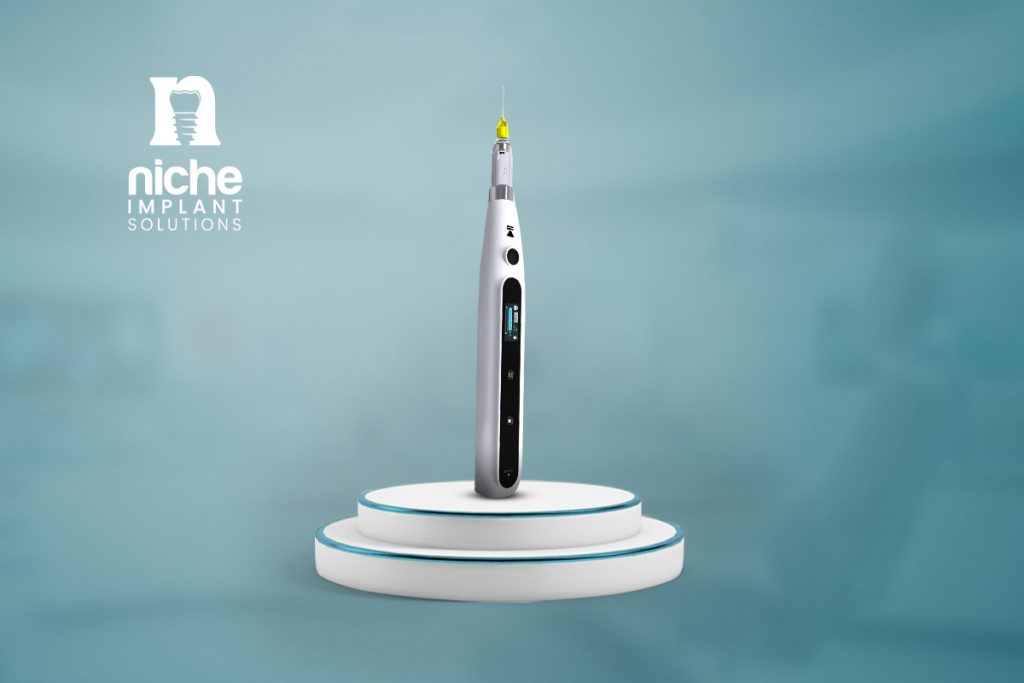
It’s important to note that dental anesthesia pens are regulated medical devices and should only be used by trained dental professionals. If you’re curious about whether your dentist uses a dental anesthesia pen, feel free to ask during your next appointment.
How Does a Dental Anesthesia Pen Work?
While the specific technology may differ between models, the basic working principle of an anesthesia pen is as follows:
- Preparation: The dentist fills a cartridge with the chosen local anesthetic and attaches it to the pen.
- Injection site: The dentist locates the injection site in the patient’s mouth.
- Computerized control: The dentist selects the desired injection settings on the pen, such as flow rate and pressure.
- Anesthetic delivery: The dentist administers the anesthetic by gently pressing a button on the pen. The computer-controlled system delivers the anesthetic slowly and precisely.
Benefits of Using a Dental Anesthesia Pen
The shift from traditional syringes to dental anesthesia pens offers a range of advantages for both patients and dentists. Here’s how this technology elevates the dental experience:
Enhanced Patient Comfort
Also Read: Unveiling the Ultimate Guide to Dental Implant Materials: A Comprehensive Overview
Dental anxiety is a common concern, and the fear of needles can be a significant barrier to seeking dental care. Dental anesthesia pens address this by delivering anesthesia with more control and precision. The slower injection rate and potential for vibration or temperature control significantly reduce discomfort compared to traditional syringes. This translates to a more relaxed and positive experience for patients, especially those with dental phobia.
Improved Precision
Dental anesthesia pens boast computer-aided technology or controlled pressure systems. This allows for a more targeted delivery of the anesthetic, ensuring it reaches the intended area effectively. This precision minimizes the risk of nerve damage and ensures a more predictable numbing effect during the procedure.
Reduced Discomfort
The finer control offered by dental anesthesia pens allows for a slower injection of the anesthetic. This gentler approach minimizes the sharp prick associated with traditional needles, leading to less overall discomfort for the patient. Additionally, some models incorporate vibration technology which can further distract from the injection sensation.
Benefits for Dentists
Dental anesthesia pens aren’t just beneficial for patients. The increased control and precision offered by these devices translate to a smoother workflow for dentists. The ability to deliver targeted injections efficiently allows them to focus on the procedure itself, leading to potentially faster treatment times. Additionally, Reducing patient anxiety can create a more positive atmosphere during the appointment.
How Dental Anesthesia Pen from Niche Differs from Traditional Syringe
Dental anesthesia pens take the sting out of injections by utilizing a combination of technology and design advancements. Here’s a breakdown of how they differ from traditional syringes:
Controlled Delivery: Goodbye Manual Pressure:
Unlike syringes where pressure depends on the dentist’s hand, the pen employs a computer-controlled system or a pressure-regulating mechanism. This ensures a consistent and slower delivery of the anesthetic, reducing the initial sharp prick often associated with injections. Imagine a steady stream instead of a sudden burst.
Precision Targeting by Hitting the Bullseye
The pen’s design allows for more precise needle placement. This, coupled with the controlled delivery system, enables the dentist to target the exact nerve or tissue requiring numbing. This translates to two benefits:
- Less Anesthetic Needed: By precisely targeting the area, less anesthetic is required to achieve the desired numbing effect.
- Predictable Numbing: The controlled delivery minimizes the risk of the anesthetic spreading to unintended areas, leading to a more predictable and reliable numbing effect.
Comfort Features of Dental Oral Injector from Niche
Some dental anesthesia pens go the extra mile to further minimize discomfort. These features might include a vibration function that activates during injection. Similar to getting a massage, the vibration can distract the patient and take their focus away from the needle prick. Also Temperature Control of the anesthetic solution. A cooler anesthetic can potentially numb the injection site slightly before the medication itself takes effect, further reducing discomfort.
Needle Design: Sharpshooter, Not a Blunt Force
While the pen itself replaces the syringe, it still utilizes a fine needle for injection. However, some manufacturers might use needles specifically designed for use with anesthesia pens. These needles may be sharper which can penetrate tissue with less force, minimizing discomfort. And thinner that creates a smaller puncture wound, potentially leading to faster healing and reduced post-injection soreness.
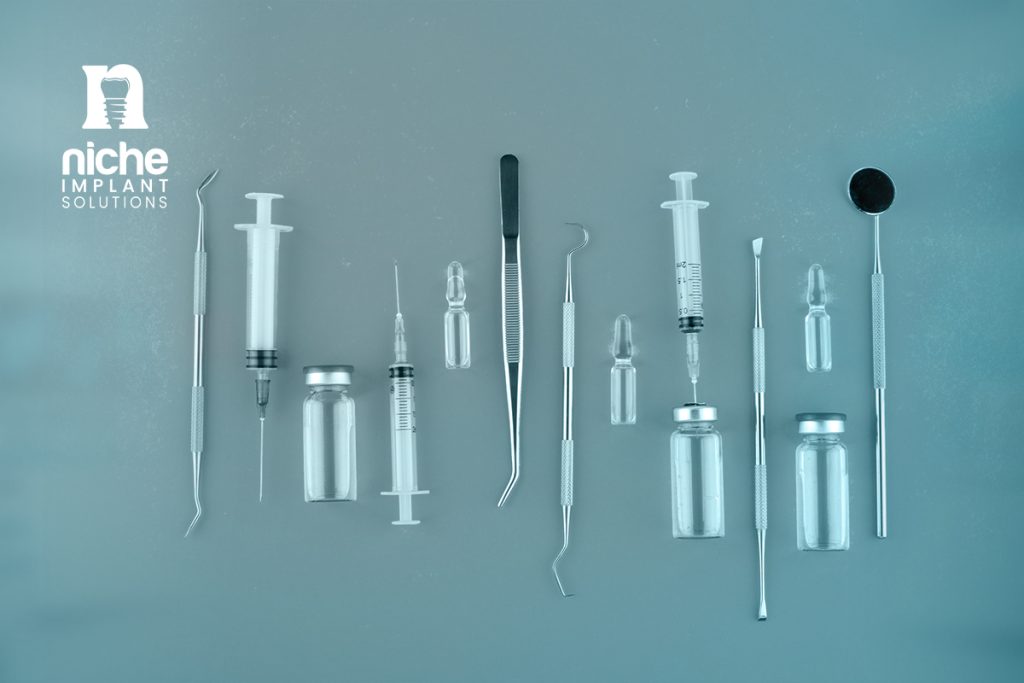
Considerations for Patients
While dental anesthesia pens offer a more comfortable numbing experience, there are still a few things to consider before your appointment:
Discuss your anxieties and preferences with your dentist beforehand. Let them know if you’re particularly apprehensive about needles, as this can help them tailor the injection process using the pen’s features for maximum comfort.
While the pen offers advantages, it doesn’t eliminate the numbing sensation entirely. You might still feel some pressure or discomfort, but it should be significantly less compared to a traditional syringe.
The Future of Painless Dentistry
The development of anesthesia pens marks a significant advancement in pain management for dental procedures, offering patients a more comfortable and precise experience. These innovative devices deliver local anesthesia with minimal discomfort, thanks to their controlled, automated injection systems that reduce the anxiety and pain often associated with traditional needles. As technology continues to evolve, we can anticipate even greater improvements in both comfort and precision, making dental visits less intimidating and more efficient. Future advancements are likely to further refine these tools, enhancing patient care and broadening the scope of pain-free dental treatments.
If you’re looking for a more comfortable dental experience, inquire about the availability of anesthesia pens at your dentist’s office. This innovative technology can help alleviate anxiety and make your next dental visit a breeze. The future of pain-free injections at the dentist’s office is even brighter with the development of next-generation oral anesthesia injectors. These innovative devices aim to surpass the current capabilities of anesthesia injectors by incorporating even more advanced technology.
One area of exploration is needle-free injection systems. Imagine receiving anesthesia through a gentle stream or quick pulse instead of a prick. These systems are still under development, but they hold immense promise for minimizing injection discomfort entirely. Additionally, researchers are looking at incorporating features like real-time temperature control for added patient comfort and even sensors that can adjust anesthetic delivery based on individual pain response.
Finally, we would say that the next generation of oral anesthesia injectors has the potential to revolutionize the dental experience for both patients and dentists. With reduced anxiety, faster procedure times, and improved comfort, these advancements could make dental visits a breeze, encouraging better oral health for everyone.
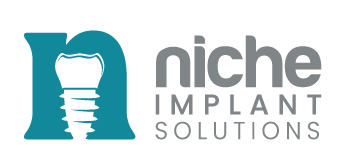
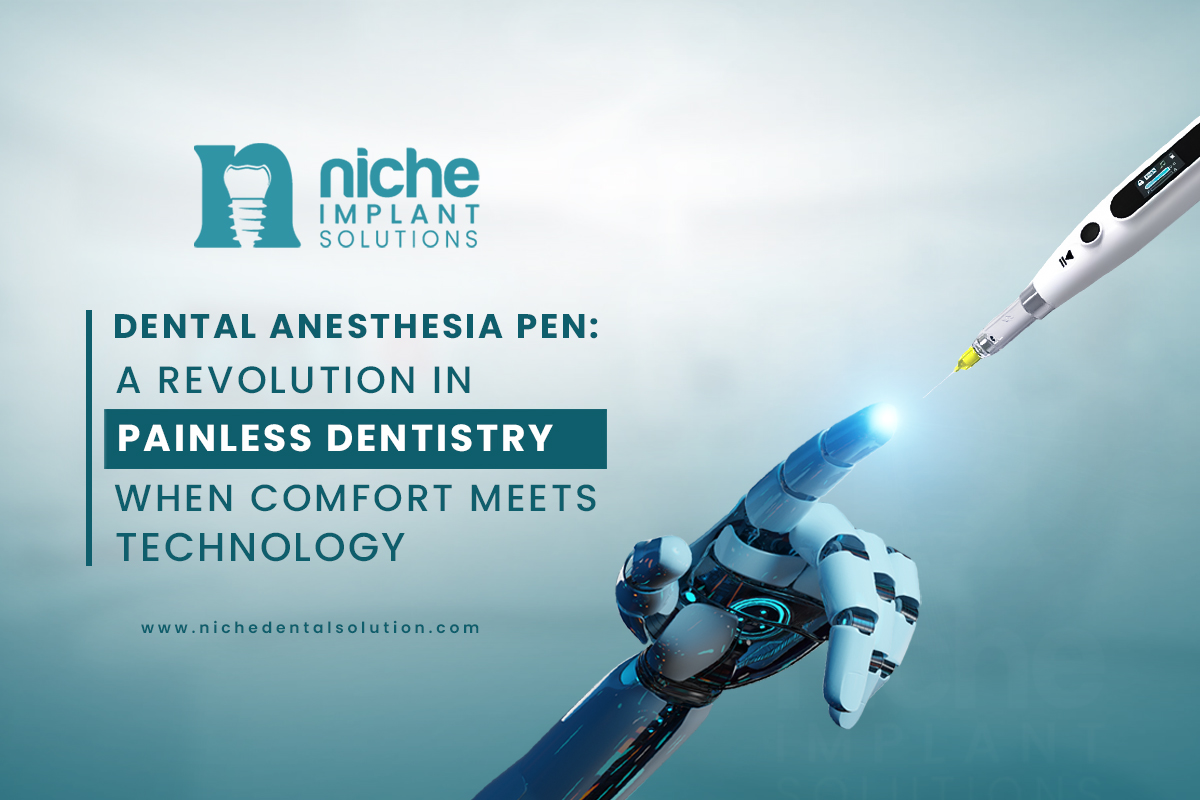


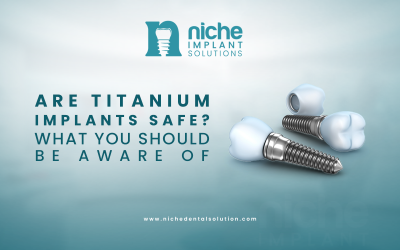
0 Comments